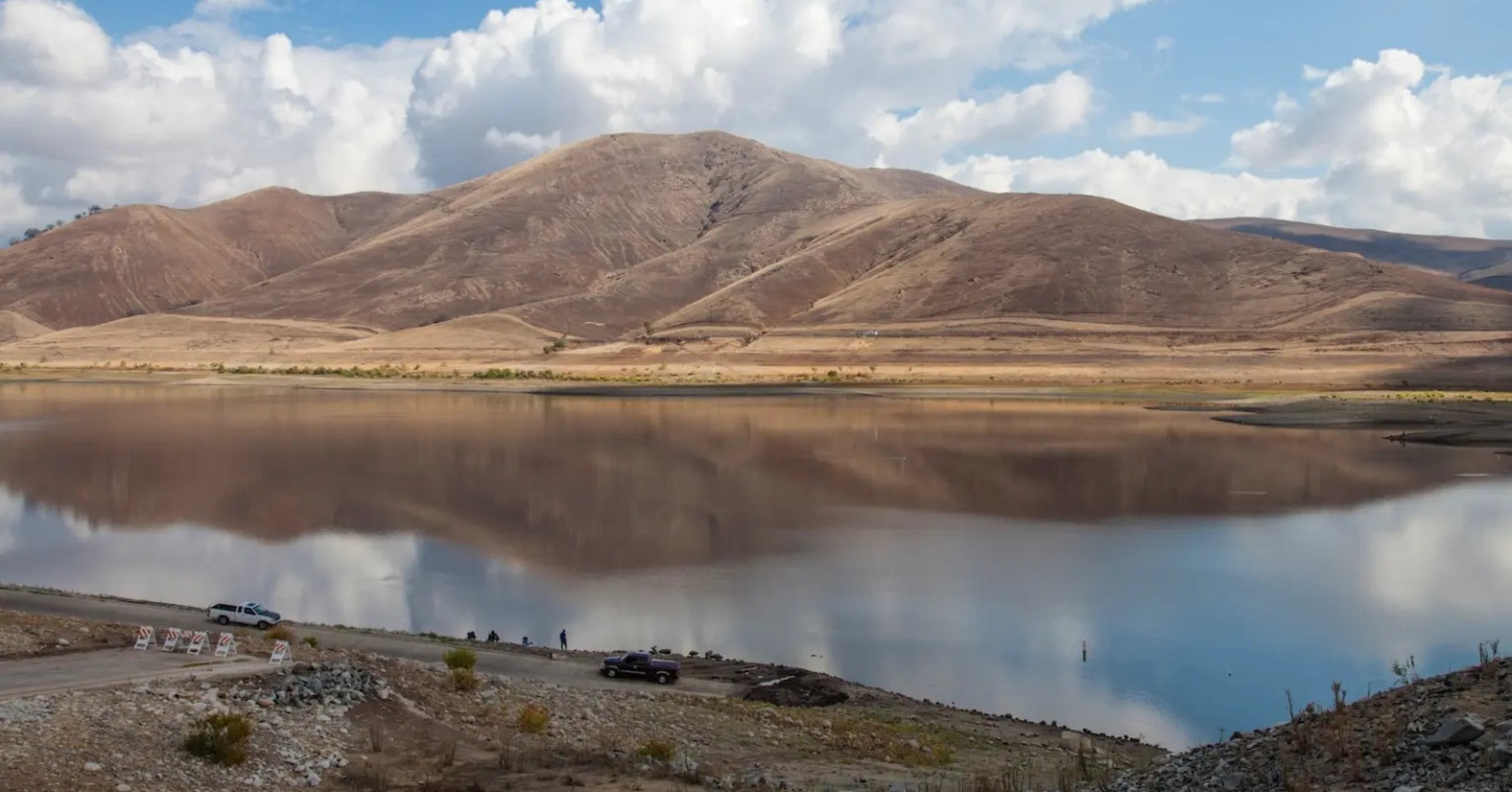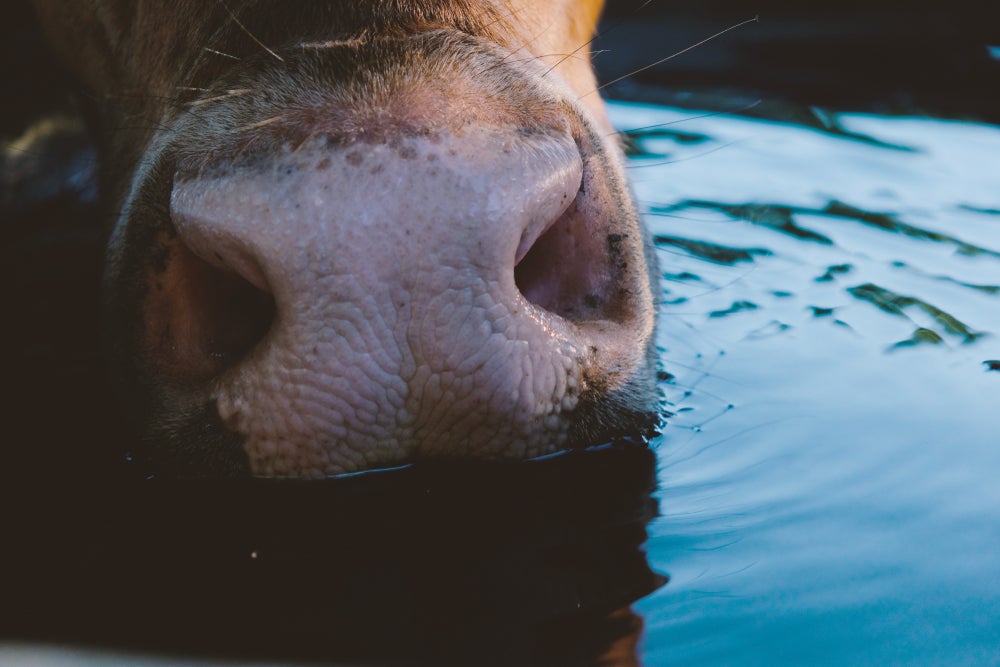On November 17, 2025, the U.S. Environmental Protection Agency and the Department of the Army unveiled a long-awaited proposal to once again revise the definition of “waters of the United States,” known simply as WOTUS.
The move is the administration’s formal response to the Supreme Court’s 2023 Sackett v. EPA decision and marks the latest major turn in a regulatory debate that has stretched across four presidencies.
According to the pre-publication version of the proposed rule, the agencies say they are “seeking public comment on a proposed rule that revises key aspects of the definition of ‘waters of the United States’ to clarify the scope of Federal jurisdiction under the [Clean Water Act], in light of the U.S. Supreme Court’s May 25, 2023, decision in Sackett v. Environmental Protection Agency.”
The proposal is framed as part of EPA’s “Powering the Great American Comeback” initiative and, in EPA’s words, is intended to “provide greater regulatory certainty and increase Clean Water Act program predictability and consistency by clarifying the definition of ‘waters of the United States.’ ”
The new WOTUS proposal leans heavily on the Sackett ruling and the earlier Rapanos plurality opinion, which limited federal authority to “relatively permanent, standing or continuously flowing bodies of water” and wetlands with a “continuous surface connection” to those waters.
EPA says the rule is meant to “adhere faithfully to the Supreme Court’s direction, respect the Act’s careful balance between Federal authority and State responsibilities over waters, and carry out Congress’ overall objectives to restore and maintain the integrity of the Nation’s waters in a manner that preserves the traditional sovereignty of States over their own land and water resources.”
For the first time, the agencies propose to add regulatory definitions of “relatively permanent” and “continuous surface connection,” as well as to re-establish definitions for “ditch,” “tributary,” “prior converted cropland,” and “waste treatment system,” which they say will “ensure clear boundaries that indicate the distinction of Federal versus State and Tribal coverage of waters.”

Among the structural changes, the rule would:
- Delete the standalone interstate waters category and
- Remove the word “intrastate” from the lakes and ponds provision, while
- Revising exclusions for waste treatment systems, prior converted cropland, and ditches, and
- Adding a new exclusion for groundwater.
The agencies also make clear that they regard the action as deregulatory: they “anticipate that the impacts of the proposed rule, as a result of implementing the Sackett decision, would be most significant for the Clean Water Act section 404 program, reducing the number of 404 permits issued and acres of wetland impacts mitigated relative to the baseline.”
They expect this will produce “cost savings to project proponents from avoided permitting and mitigation activities, as well as potential indirect benefits from long-term reduction in regulatory burden,” while also acknowledging there will be “forgone benefits from avoided impact minimization and mitigation measures.”
Unveiling the proposal, EPA Administrator Lee Zeldin emphasized simplicity and permanence, especially for landowners.
“Last week, I finished up traveling to all 50 states since February,” Zeldin said during a media event. “There is no topic that came up more during my travels than the need for a revised definition of waters of the United States.
“And I know that across the country, news of today’s proposal is going to be met with a lot of relief and happiness from farmers, ranchers, other landowners, governments that have been looking for a simple, prescriptive definition that the whole country can operate off of and would allow individuals to know whether or not there’s a water of the United States without having to go hire an attorney or a consultant, having to pay someone to tell them.”
Zeldin added that his “goal, right from the onset, was to come up with a definition that no matter what would happen, in November of ‘28 or November of 2032, that you’re going to keep this definition.
“This wasn’t about taking a pendulum and swinging it as far as you can up against another edge. It’s about getting it right. And I think that our farmers, our ranchers, our landowners in these states absolutely deserve it. Our proposal includes practical commonsense revisions that will make a real difference.”
Agricultural organizations have moved quickly to praise the new proposal
In a statement from the National Association of State Departments of Agriculture, CEO Ted McKinney said, “NASDA appreciates EPA and Army Corps listening to input from state departments of agriculture and other stakeholders regarding problems with prior WOTUS rulemakings. NASDA is pleased that our federal colleagues will work cooperatively with state co-regulators to ensure the goals of the Clean Water Act are met while minimizing unjustified interference with agricultural and other activities that feed, clothe, and house Americans and drive our nations’ economy.”
McKinney pointed to the role of states under the Clean Water Act, noting that “states currently are responsible for enforcing more than 96 percent of federal water laws as designed by the Clean Water Act of 1972.” The landmark statute, NASDA said, “served as a catalyst for the layers of stringent local, state and federal water regulations in place today and has led to dramatic improvements in water quality over the past 50 years.”
“NASDA is excited to properly re-engage with EPA and Army Corps under cooperative federalism to ensure our water resources are protected and farmers have the information and resources they need to make the best decisions about how to manage their land.”
The National Association of Manufacturers also hailed the proposal as a long-sought course correction. NAM President and CEO Jay Timmons said, “Manufacturers thank EPA Administrator Lee Zeldin for listening to the concerns of our industry and revising the definition of the Waters of the United States rule to bring certainty and predictability.
“For too long, the regulatory structure under the WOTUS rule, which often has included shifting and unclear definitions, has created legal uncertainty for manufacturers in the U.S., undermining our ability to invest and build across the country. Understanding which bodies of water require federal oversight under the Clean Water Act is critical for manufacturers planning new projects.
“Manufacturers have spent decades calling for a durable, practical approach to WOTUS—one that provides clear permitting standards and supports our industry’s commitment to environmental stewardship.”
Timmons argued that the 2023 rule “unnecessarily rewrote critical permitting standards, overlooked substantial public input and failed to fully reflect the Court’s guidance,” and praised the new proposal as “a definition that is more consistent with the law and that better serves manufacturers and the communities we support across America.”
American Farm Bureau Federation President Zippy Duvall commented today on the EPA and Army Corps of Engineers’ proposed Waters of the United States rule.
“Clean water is a top priority for farmers and ranchers — we depend on it. We are pleased that the new rule protects critical water sources while respecting the efforts of farmers to protect the natural resources they’ve been entrusted with.
“The Supreme Court clearly ruled several years ago that the government overreached in its interpretation of what fell under federal guidelines. We are still reviewing the entire rule, but we are pleased that it finally addresses those concerns and takes steps to provide much-needed clarity. We look forward to providing comments to EPA to ensure farmers can continue to safeguard the environment while growing the food America’s families rely on.”
Environmental groups warn of weakened protections
Environmental and conservation organizations are taking a sharply different view of the proposal, arguing that it would further chip away at Clean Water Act protections for streams and wetlands that were already scaled back by the Supreme Court.
Jim Murphy, senior director of legal advocacy at the National Wildlife Federation, said that people benefit from clean water today precisely because of the Clean Water Act. He warned that the new rule would peel back safeguards for smaller streams that feed into drinking water sources and for wetlands that naturally filter pollution and help buffer communities from flooding. Rolling back these protections, he cautioned, could lead to higher water treatment and insurance costs for families, increase the risk of contaminants like nitrates and cyanotoxins in drinking water, and ultimately damage water quality, wildlife, and outdoor recreation for years to come.
Waterkeeper Alliance framed the draft rule as part of a broader rollback of long-standing clean water protections. Senior Attorney Kelly Hunter Foster said that each step backward endangers drinking water, rivers, and wetlands that safeguard communities and ecosystems. She argued that the new WOTUS proposal elevates corporate interests over public health by weakening already diminished protections for thousands of waterways, and stressed that the consequences are concrete, affecting people’s safety and daily lives. The Alliance pledged to continue pushing back and advocating for strong clean water safeguards.
According to the group, narrowing which rivers, streams, lakes, and wetlands fall under federal jurisdiction would strip many vital waterways of federal oversight and risk undoing more than 50 years of progress in controlling dangerous pollution and protecting critical water resources.
What comes next
Formally, the proposal is still a pre-publication version: EPA notes that the document “is not the official version of the rule for purposes of public notice and comment under the Administrative Procedure Act” and that “the official version will be published in a forthcoming [Federal Register] publication,” where it will appear in Docket No. EPA-HQ-OW-2025-0322.
Once it appears in the Federal Register, the public will have 45 days to comment, and the agencies say they “will hold two in-person public meetings, with an option for virtual participation,” as part of their outreach and stakeholder engagement process.


